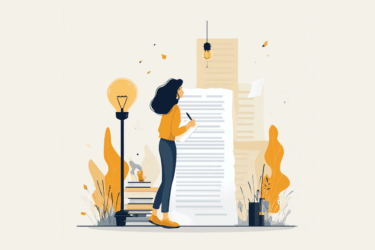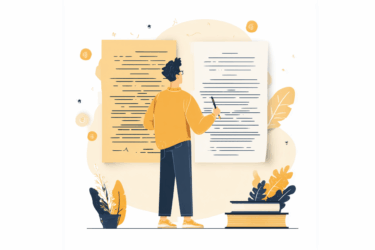There is no big or small when it comes to plagiarism – it is just unacceptable in the creative domain, academy, and business. It is pretty evident that taking someone else’s work and stating it as your own is, at the very least, unethical and sometimes even illegal. However, there are less blatant examples of plagiarism, which can still cost you the reputation and money.
A reliable plagiarism scanner and a deeper understanding of plagiarism can help you avoid one of the most common mistakes people make when composing research papers, academic assignments, and public speeches. We are talking about incremental plagiarism. What does this term even mean?
Incremental plagiarism occurs when we compose an original text and include some borrowed elements like citations, facts, or paraphrased ideas, forgetting to credit the source. It can happen intentionally or accidentally.
- Intentional incremental plagiarism can be caused by a lack of awareness of the importance of proper crediting when the author simply does not consider referencing the resource as necessary.
- Unintentional incremental plagiarism can be caused by taking someone’s ideas for common knowledge, forgetting the source, or even self-plagiarizing.
Unlike global plagiarism, when the whole text or a significant portion is copied, the vast part of incrementally plagiarized writing is original. However, one should provide the proper reference for every detail they use in the paper if they borrow it from somewhere. For this reason, we recommend checking the writing even when you compose it from scratch – it may slip your mind that some ideas you use need crediting.
Tips on how to keep clear of incremental plagiarism
- Keep track of your sources. Recording a proper reference for every piece of information at the research and draft stages will ensure you mention them in your paper and avoid mistaking the borrowed data for the original. Besides, it will be a huge help when you compose your list of sources required in academia.
- Remember about self-plagiarism risk. When you use some concepts, statistics, facts, or excerpts published elsewhere, you want to reference the source even if the work published earlier is your own! It may not be obvious, but you cannot repeat the same idea from paper to paper without indicating it.
- Use a citation generator. Correct referencing is the key. Even if you use quotation marks when citing, the paper will still contain incremental plagiarism without the source provided! The style of attribution may depend on the institution and the purpose of your essay, and here, the citation generator saves the day, ensuring your Works Cited page is correct and relevant.
- Be aware of AI plagiarism. AI tools like Chat GPT and Google Bard can be a huge help in overcoming writer’s block or a swift search for the facts. However, asking AI to compose a paper for you is not only unethical and inappropriate in academia and the creative community. Chatbots generate texts based on the existing information, so their writing is often not original and detected as plagiarism by similarity checkers.
- Use a plagiarism detector. A modern AI essay checker can help avoid AI-related plagiarism, highlight similarities, and stimulate creativity. Scan your text before submitting or publishing to ensure you haven’t missed any details that need attribution, avoid incremental plagiarism, and become a more confident writer!
Try PlagiarismCheck.org to catch all types of copying. Keep clear of plagiarism and become a better writer today!






